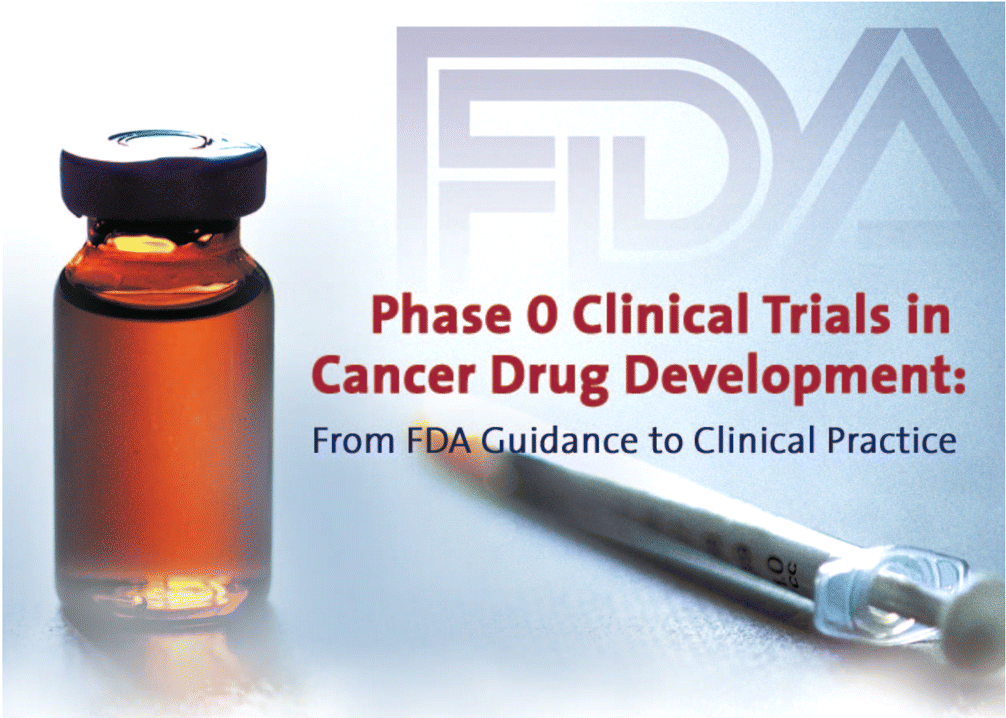Phase 0 Clinical Trials in Cancer Drug Development: From FDA Guidance to Clinical Practice
- Robert Kinders1,
- Ralph E. Parchment1,
- Jay Ji1,
- Shivaani Kummar2,
- Anthony J. Murgo3,
- Martin Gutierrez2,
- Jerry Collins3,
- Larry Rubinstein3,
- Oxana Pickeral3,
- Seth M. Steinberg2,
- Sherry Yang3,
- Melinda Hollingshead3,
- Alice Chen3,
- Lee Helman2,
- Robert Wiltrout2,
- Mel Simpson1,
- Joseph E. Tomaszewski3 and
- James H. Doroshow2,3
- 1Laboratory of Human Toxicology and Pharmacology, Applied/Developmental Research Support Directorate, SAIC-Frederick Inc., NCI-Frederick, Frederick, Maryland, 21702;
- 2Center for Cancer Research, National Cancer Institute, Bethesda, Maryland, 20892;
- 3Division of Cancer Treatment and Diagnosis, National Cancer Institute, Bethesda, Maryland, 20892
Abstract
The Food and Drug Administration (FDA) recently introduced the Exploratory Investigational New Drug Guidance to expedite the clinical evaluation of new therapeutic and imaging agents. Early clinical studies performed under the auspices of this guidance, so-called “Phase 0” trials, have been initiated at the National Cancer Institute to integrate qualified pharmacodynamic biomarker assays into first-in-human cancer clinical trials of molecularly targeted agents. The goal of this integration is to perform molecular proof-of-concept investigations at the earliest stage of cancer drug development. Phase 0 trials do not offer any possibility of patient benefit; instead, intensive, real-time pharmacodynamic and pharmacokinetic analyses of patient tumor samples and/or surrogate tissues are performed to inform subsequent trials. Phase 0 studies do not replace formal Phase I drug safety testing and require a substantial investment of resources in assay development early on; however, they offer the promise of more rational selection of agents for further, large-scale development as well as the molecular identification of potential therapeutic failures early in the development process.

- © American Society for Pharmacology and Experimental Theraputics 2007



